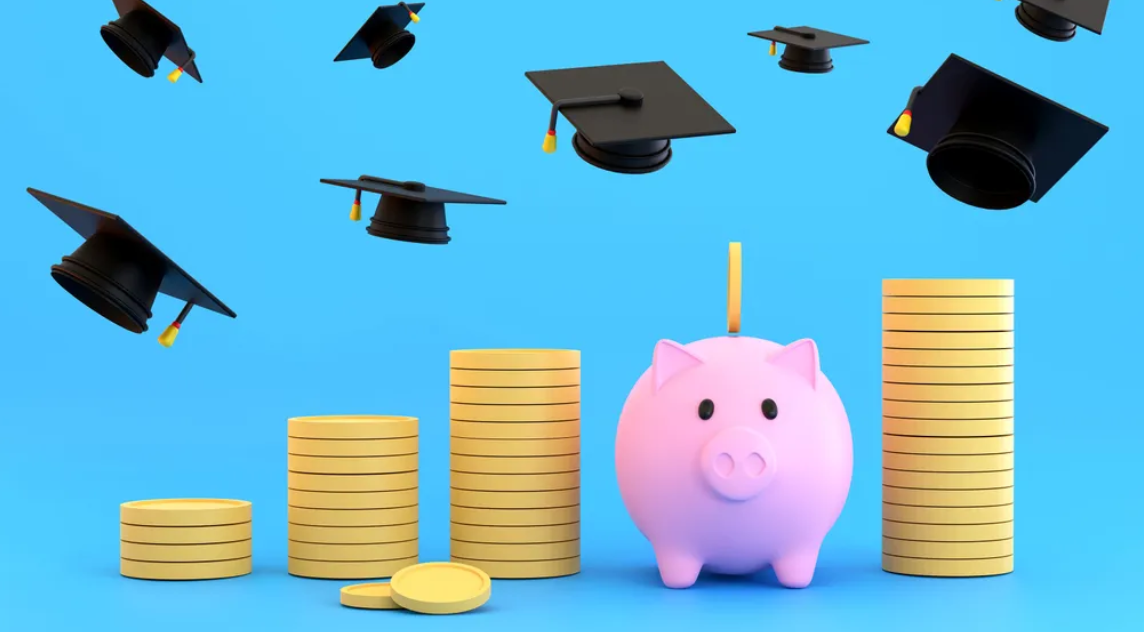In a bid to address the ever-mounting challenges of student loan debt in the United States, the Biden administration recently introduced a groundbreaking student loan repayment plan. This initiative aims to alleviate the burden on millions of borrowers and reshape the landscape of higher education financing. Let’s delve into the key features and potential implications of this new repayment strategy.
Holistic Debt Relief Approach
Unlike traditional repayment plans, the Biden administration’s initiative takes a holistic approach to debt relief. The plan recognizes the diverse financial situations of borrowers and tailors repayment options accordingly. It introduces income-driven repayment programs that consider a borrower’s income and family size, ensuring that monthly payments are manageable and proportional to one’s financial capacity.
Furthermore, the plan includes provisions for loan forgiveness, particularly for those engaged in public service. By incentivizing careers in areas such as education, healthcare, and non-profit work, the administration aims to not only reduce individual debt burdens but also address critical societal needs.
Streamlined Application Process
Acknowledging the bureaucratic hurdles often associated with loan repayment programs, the Biden administration emphasizes a streamlined application process. Borrowers will find it easier to access and enroll in the repayment plan, minimizing the paperwork and administrative red tape that has deterred many from seeking assistance in the past.
The simplified application process aligns with the administration’s commitment to making financial relief more accessible. By reducing barriers to entry, the new repayment plan strives to reach a broader spectrum of borrowers, fostering inclusivity in its approach to debt management.
Financial Literacy Initiatives
In conjunction with the repayment plan, the Biden administration is investing in comprehensive financial literacy initiatives. Recognizing that informed borrowers make better financial decisions, these initiatives aim to equip individuals with the knowledge and tools needed to navigate the complexities of student loans wisely.
From educational resources on budgeting and debt management to personalized counseling services, the administration seeks to empower borrowers with the information necessary to make informed financial choices. This emphasis on financial literacy aligns with the broader goal of creating a financially literate and resilient population.
Potential Impacts and Considerations
While the new student loan repayment plan has been met with widespread support, it is not without its share of considerations. Critics argue that the long-term financial implications, particularly regarding the potential strain on federal resources, need careful examination. Additionally, questions arise about the sustainability of forgiveness programs and their impact on incentivizing responsible borrowing.
Furthermore, the success of the initiative relies heavily on effective implementation and ongoing evaluation. Regular assessments and adjustments may be necessary to address emerging challenges and ensure the plan’s continued efficacy.
In conclusion, the unveiling of the Biden administration’s innovative student loan repayment plan marks a significant step toward addressing the complex issue of student loan debt. By adopting a multifaceted approach that considers individual financial circumstances, streamlines processes, and promotes financial literacy, the administration aims to create a more equitable and sustainable system for higher education financing. As the plan unfolds, its impacts on borrowers, educational institutions, and the broader economy will undoubtedly shape the trajectory of future discussions on student loan reform.





